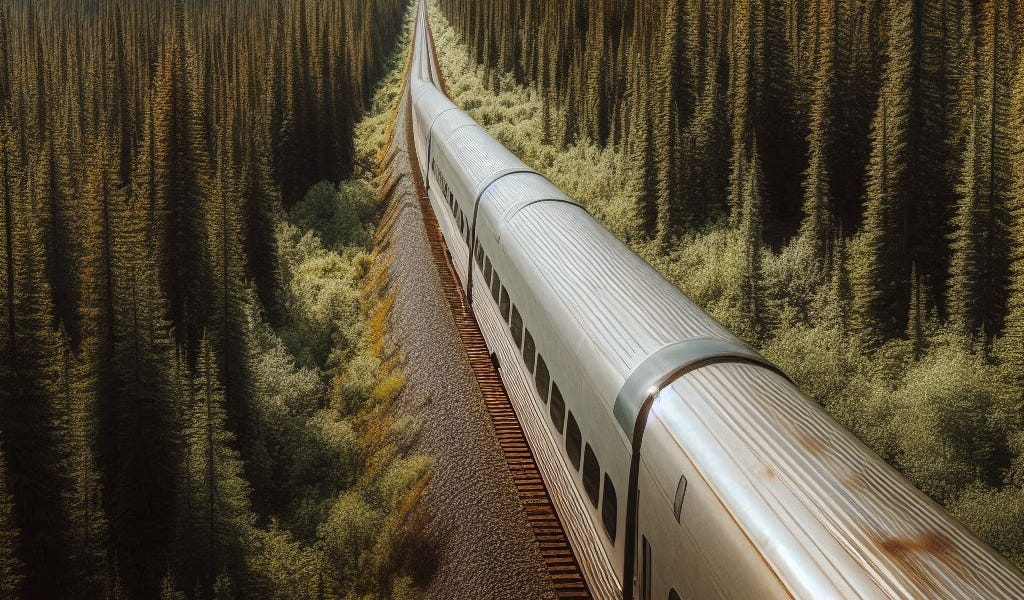quadrapiper
Army.ca Veteran
- Reaction score
- 599
- Points
- 1,040
Feels like a "transportation land reserve" is needed to save whatever's still more or less uninterrupted: anything that was ever a rail ROW gets protection, and all other uses get either locked out or permitted only until someone wants to put rails on it again.true, just have to electrify those portions of the trackage. But they would require a dedicated line otherwise freight traffic would screw up the schedule as it does now with VIA
public transit. Every European city I have been in has an extensive combination of buses, trams, subways and interurban rail even in the smaller towns. North America spent decades chasing the American dream of cars; everyone with their own wheels and ripped up all of the interurban infrastructure that our primitive forefathers had built. There were trains everywhere, even as I found out this year from OTTAWA to Parry Sound. There was a street car system that went up and down the Niagara gorge serving both sides of the border. Toronto to Niagara Falls was a choice of ferries to St. Catharines or Queenston and then rail from there. Everything was ripped up and the railways disposed of the land so they couldn't be re-built today without enormous expense to purchase the rights of way. So in order to make high speed work you have to address the low speed as well. I would be tempted to add one more stop (near Perth for instance) to provide a link to the cities on the 401 corridor
Hard ban on public consultation on whether rail gets run somewhere. You've enjoyed the peace and quiet and increased property values of being somewhere central, with a disused rail corridor, with maybe a municipal walking trail on it, passing your house? That's nice, and no you get no say in whether that corridor reopens or in the nature of traffic on it. Getting the bulk movement of people and stuff out of the most inefficient modes (PMV, semis, and aviation) matters more than property values.
Significant devaluing of municipal opposition, too, to further muffle the noise from outraged property owners.



